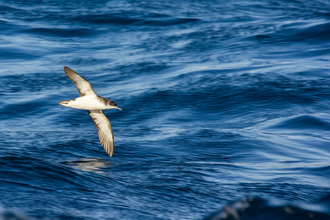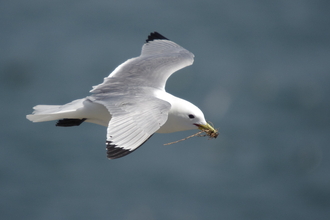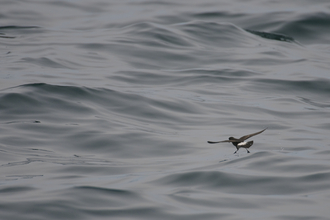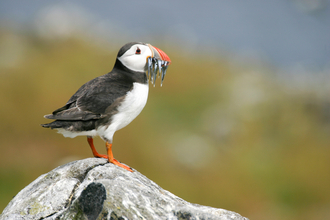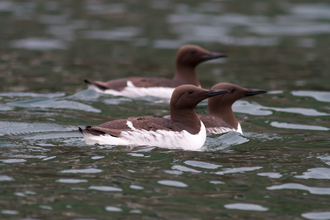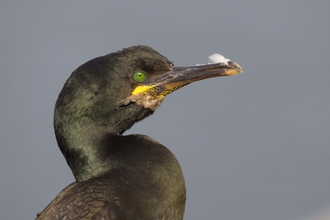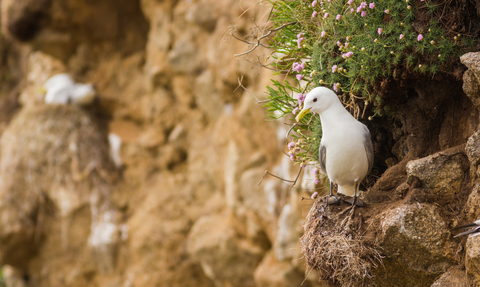
Kittiwakes (c) Ed Marshall
Isles of Scilly Seabird Recovery Project
Saving Scilly's seabirds
The Isles of Scilly are a nationally and internationally important location for seabirds, particularly Manx shearwater, European storm petrel and greater black-backed gull. Both Manx shearwaters and European storm petrels are amber listed under the United Kingdom Birds of Conservation Concern. There is a pressing need to conserve and protect our vulnerable seabird populations, alongside the need to protect and improve our wider natural environment.
"Manx Shearwater have increased by 101% since 2015, with a total 1061 pairs on Scilly. St Agnes & Gugh’s population increased from 22 pairs to 200 post-rat eradication project in 2013/14."
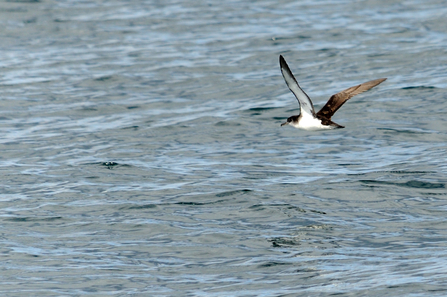
The Isles of Scilly Seabird Recovery Partnership
In September 2022, the IoS Seabird Recovery Partnership was reformed to consider the next phase of the Isles of Scilly Seabird Recovery Project. This will involve the removal of rats from the inhabited islands of Bryher, Tresco and St Martin’s, and the surrounding uninhabited islands.
The Isles of Scilly Wildlife Trust is central to the partnership, which also includes the Duchy of Cornwall, RSPB, Tresco Island Limited, Natural England, the Isles of Scilly Bird Group, Trinity House, the Council of the Isles of Scilly, and with the support of the Isles of Scilly National Landscape. The engagement and support of the local communities of Bryher, St Martin’s and Tresco will be essential if this project is to succeed.
Considerable progress is being made with development of this project. In autumn 2024, a Feasibility Study was produced. While this working document gets further refined, we are commisioning an Operational Plan to design and cost the eradication. If the decision is taken to proceed, then funding will need to be found for the eradication and the implementation of an effective Biosecurity Plan required to continue to protect the islands seabirds in the future.
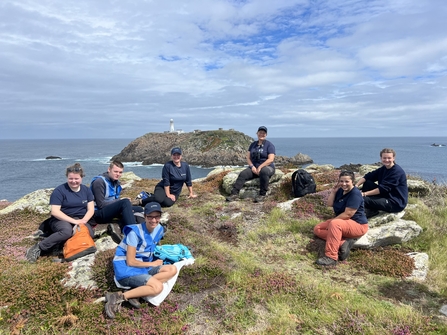
The Isles of Scilly Seabird Recovery Project 2013-2017
The Isles of Scilly Seabird Recovery Project (IOSSRP) was successful, with St Agnes and Gugh declared rat-free in early 2017, however biosecurity actions to prevent the return of rats are still imperative. This is still the largest community-based successful island restoration project in the world to date.
IOSSRP set out to reverse recent declines in seabird populations on the Isles of Scilly through removal of non-native species (brown rats) from the islands of St Agnes and Gugh, and maintaining Annet and associated uninhabited islands as rat-free. It enabled people living on and visiting the Isles of Scilly to learn about, take pride in, and play an active role in celebrating and conserving their seabird heritage. It also trained and supported island communities to embrace the benefits of the seabird recovery and continue to protect their heritage once the project has ended.
The IOSSRP reformed in 2022 and confirmed that rats remained largest threat to burrow-nesting seabirds on land, so the feasibility of rat eradication is now being revisited on some of the other islands.
"340 Manx Shearwater pairs are currently attempting to breed at sites with rats."
Helping seabirds on Scilly
Rats are known to have detrimental effects on seabird populations through predation and competition for food and habitat. Their removal quickly leads to benefits for seabird populations, notably increased seabird numbers. On St Agnes and Gugh, Manx shearwaters were recorded successfully breeding within one year of the eradication and 200 pairs were recorded in 2023 compared to 22 pairs and no fledged chicks in 2013. European storm petrels were first recorded returning to St Agnes in 2015.
Manx shearwaters on Ramsey and Lundy Islands have increased nearly tenfold in the 15 years since the eradication of brown and black rats and the recolonization of European storm petrels and other small burrowing seabird species has been recorded after long absences.
Read our Seabird Recovery FAQs here:
Read the 2023 Seabird Survey Report here:
Scilly's seabird species
Find out more about some of Scilly's most precious seabirds...

